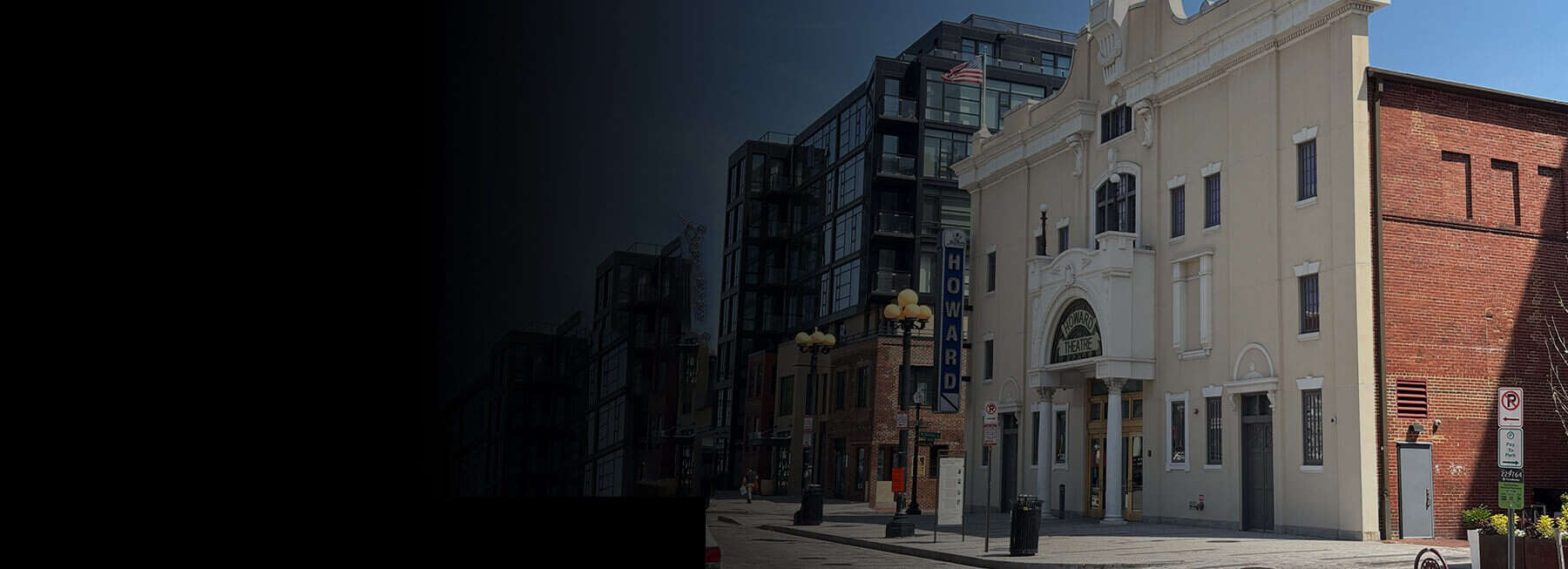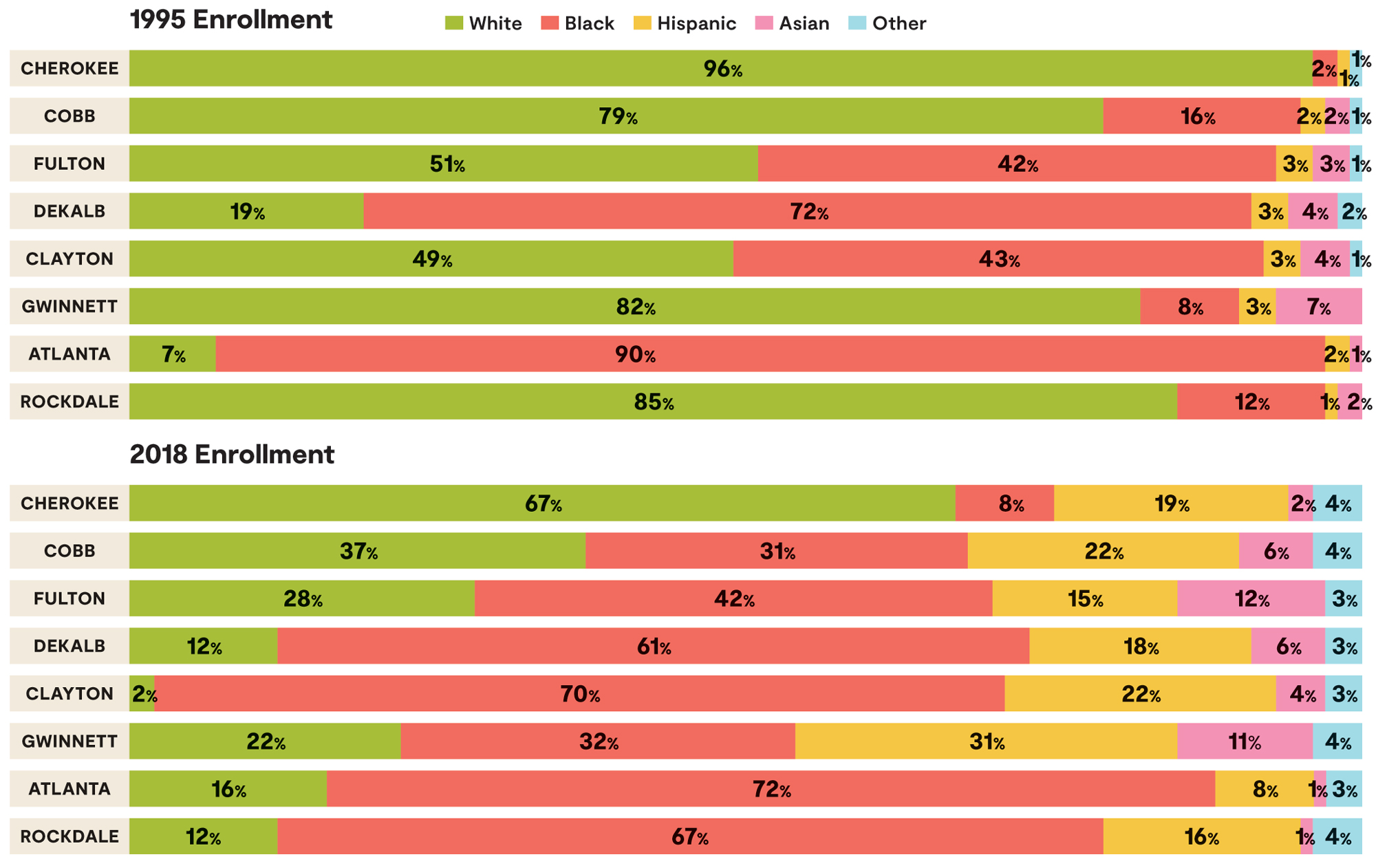east
Screwed up... till tha casket drops!!
One of Atlanta’s most historic neighborhoods is undergoing a dramatic transformation.
The Old Fourth Ward, once a majority-Black community and the birthplace of Dr. Martin Luther King Jr., is now majority-white — a shift decades in the making. A new report from the National Community Reinvestment Coalition paints a vivid picture of just how much the neighborhood has changed.
King Williams, an Atlanta native, historian and filmmaker, has watched the changes unfold.
“I remember seeing people illegally dumping trash over here,” Williams said. “Now there's a five-star hotel here.”
Once considered a neglected part of the city, Williams said the Old Fourth Ward has experienced rapid development — from the construction of the Beltline to the rise of luxury apartments and trendy shops.
“Boulevard in particular was known as the negro street in town,” he explained. “There was a lack of development for decades as a result of white flight.”
That has all changed. But with growth has come displacement.
“I saw the people who were kicked out of their homes,” Williams said. “I saw the businesses that simply shut down and people who had a really bad run-in with the process of change.”
A 50-year study by NCRC found that from 2000 to 2020, the average median income in the Old Fourth Ward skyrocketed from around $30,000 to approximately $220,000. Over that same time, the racial makeup of the neighborhood flipped.
“In 2000, the area had a majority Black population,” said economist Joseph Dean, who helped compile the report. “By 2020, it was majority white.”
Dean explains that gentrification in Atlanta unfolded in phases — first during the Olympic-led redevelopment of the 1990s, and later with massive projects like the Beltline in the 2000s.
And the shift isn’t isolated to the Old Fourth Ward. According to the report, more than 22,000 Black residents were displaced from 16 majority-Black neighborhoods in Atlanta between 1980 and 2020.
“That question of Black mecca, Black status, and Black attainment is on the chopping block," Williams said.
City leaders have acknowledged the challenge and are working on solutions — from expanding affordable housing to creating support programs aimed at helping longtime residents stay in their homes.

Displaced By Design: Fifty Years of Gentrification and Black Cultural Displacement in US Cities » NCRC
A new analysis of gentrification and displacement since 1980 -- with interactive maps.
 ncrc.org
ncrc.org
11Alive
Welcome to 11Alive. We believe that news shouldn't be a one-way conversation, but a dialogue with you. Join in, share your thoughts and connect with new perspectives. From life-changing investigations, uncut interviews, to live streams of the area's biggest trials, 11Alive is your source...

